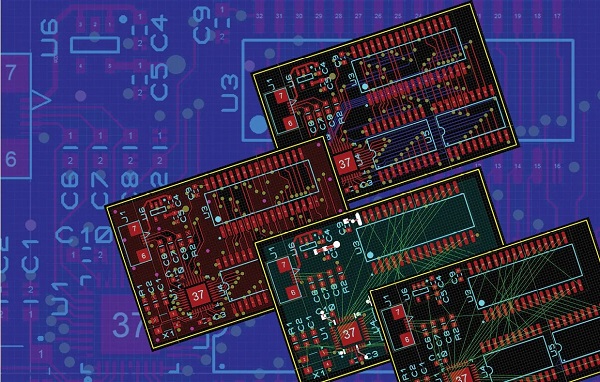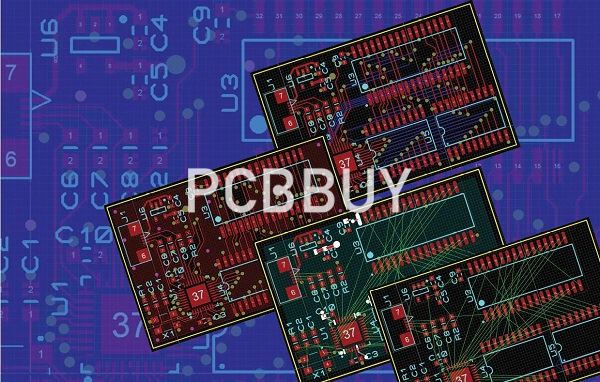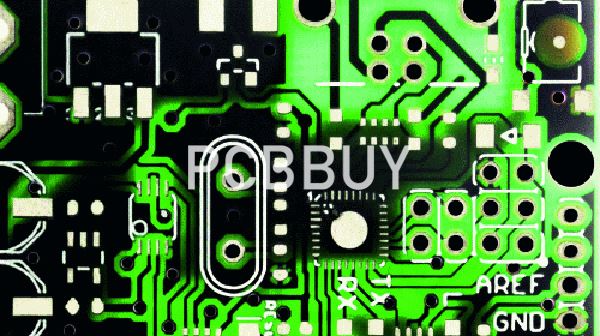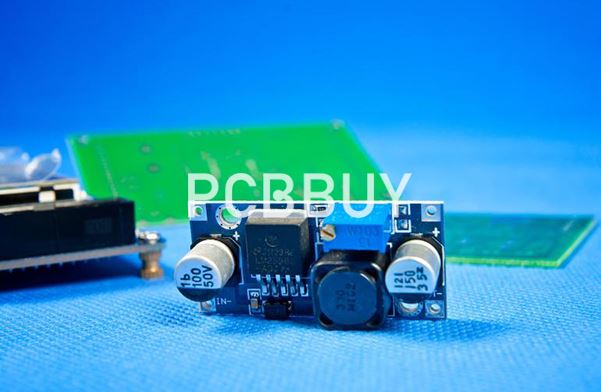All Useful Basics about RF PCB Design Considerations in Industry
By:PCBBUY 09/13/2022 09:52

RF circuits are non as intuitive as typical circuit diagrams, and sometimes a diagram may appear to violate basic electrical design rules. However, due to the propagating nature of the electromagnetic field, circuits running at RF frequencies act very differently from typical integrated circuits operating at DC or in digital bands.
The higher frequency of RF PCBs makes it more complicated in their creation and design. There are four factors to consider before developing a blueprint for designing an RF PCB. In this passage check and read all the content about RF PCB design.

What are the guidelines about RF PCB design?
Routing your RF board to ensure signal integrity is just as much about designing the right layer stack as it is about laying traces. You can suppress transmission line effects in your signal lines with the right layer stack in your PCB.
While normally discussed in terms of digital signals, signal reflection at an impedance discontinuity affects analog signals when traces operate as transmission lines. When the propagation delay along an interconnect is greater than one-quarter the oscillation period of the analog signal, then you will need to worry about transmission line effects and ensure that your traces are impedance matched.
Although there is some natural attenuation of a reflected signal in an analog signal trace, the analog traces are constantly pumped with a harmonic source, and a reflected signal can form a standing wave in a trace if reflected at an impedance discontinuity. The natural attenuation in the signal trace only dampens the maximum amplitude at resonance, it does not completely eliminate resonance.
Any analog signal resonance on a transmission line can form a standing wave along the trace (depending on the geometry), creating a high amplitude electric field that can induce noise in other areas of the board. You can eliminate this problem if your traces are impedance matched with your source and load components.

How to select right material for RF PCB?
Materials commonly used in PCB fabrication, such as FR-4 (flame retardant level 4), are very cheap but are generally not the most suitable choice for high frequency RF applications, especially considering the non-uniformity of the dielectric constant and a worse tangent angle. For RF PCBs, specific materials are used, such as FEP, PTFE, ceramic, hydrocarbons, and various types of glass fiber. The PFE and PTFE materials, belonging to the fluoropolymer family, improve the chemical resistance of the base material, have anti-adhesion and smoothness properties, as well as an extraordinary heat resistance. If budget is not a problem and quality is more important than price, the best solution is PTFE with fiberglass, eventually woven glass fiber.
What is RF reflection in PCB design?
RF reflection functions similarly to how sound is bounced back and creates an echo. It’s also analogous to waves of water crashing and bouncing back. The reflection occurs because the wave encounters a discontinuity of the medium that it’s traveling, and that’s the same for reflected RF waves.
RF reflection must be considered when discussing transmission lines. One of the basic principles of transmission lines is to ensure that the characteristic impedance of the driver, traces, and load are matched. Characteristic impedance is not defined by the resistance or the trace length but rather determined by the dielectric, trace width, and the separation between the trace and the plane.
What is the process of RF PCB trace routing?
As with any high-speed routing, short, direct routing with varying widths will be necessary for controlled impedance routing and higher-current power traces. Here are some other points about RF routing to keep in mind:

· Most trace routing must be manually added for specific RF topologies.
· Setting up and using your design rules is critical to success.
· Routing features such as copy and paste may also prove useful when replicating areas of similar circuitry.
· Curved trace corners or mitered corners will help reduce impedance fluctuations.
· Vias provide fencing around areas of the ground plane for shielding.
In some RF designs, some areas of routing will be treated as components. This routing requires specialized tools that can accommodate parametric component routing to send these trace segments, which are now lumped components, into RF analysis systems.
For power and ground planes, prepare for higher power requirements in RF designs and ensure that the thermal reliefs can handle the current while facilitating automated soldering. Some copper pours, and planes in an RF design may need to be converted into lumped components for RF analysis. It may also be necessary to create unusually shaped metal areas for unique RF elements using the drafting capabilities of your CAD tools and then convert those areas into intelligent net objects.
As you can see, RF design may involve some new and exciting methods of laying out a circuit board. Now let’s look at what your manufacturer will need from you to build this circuit board.
Industry Category











